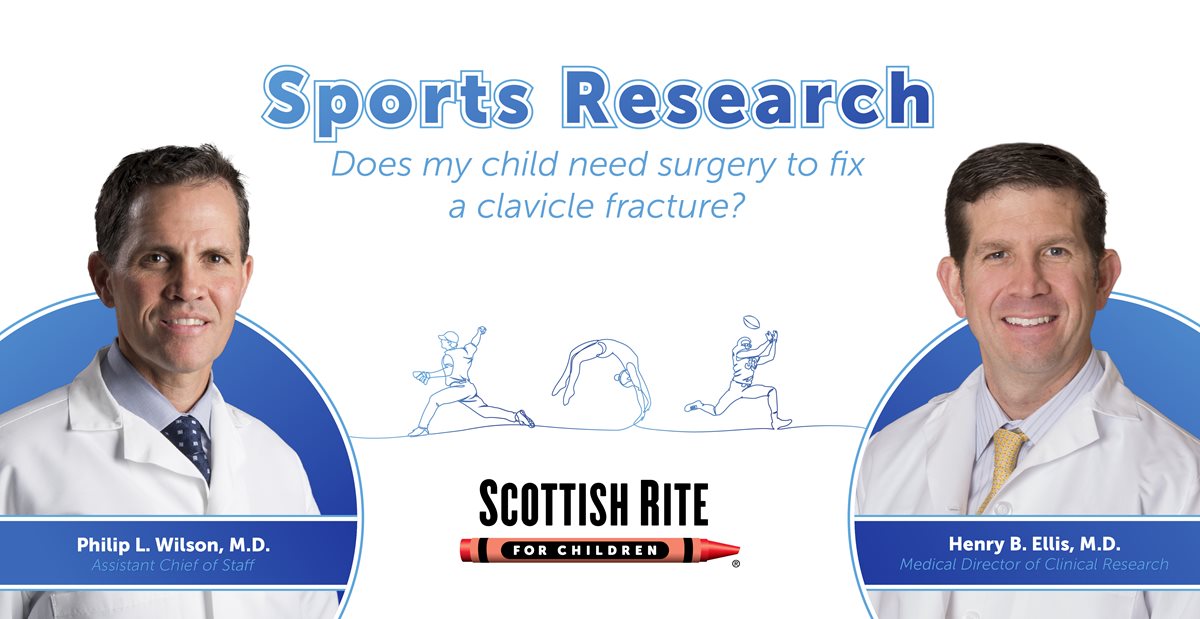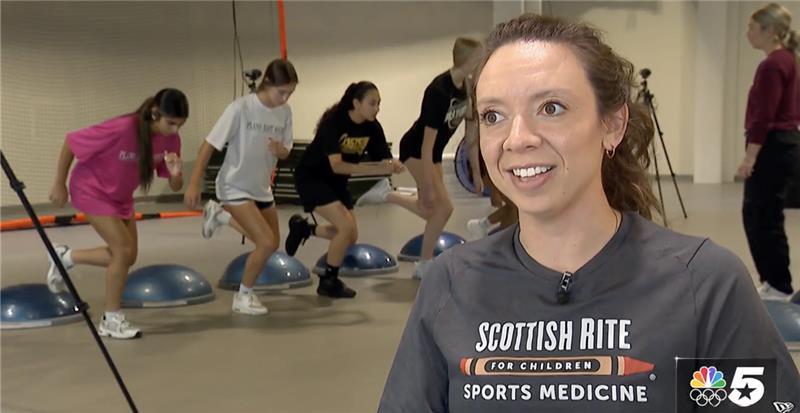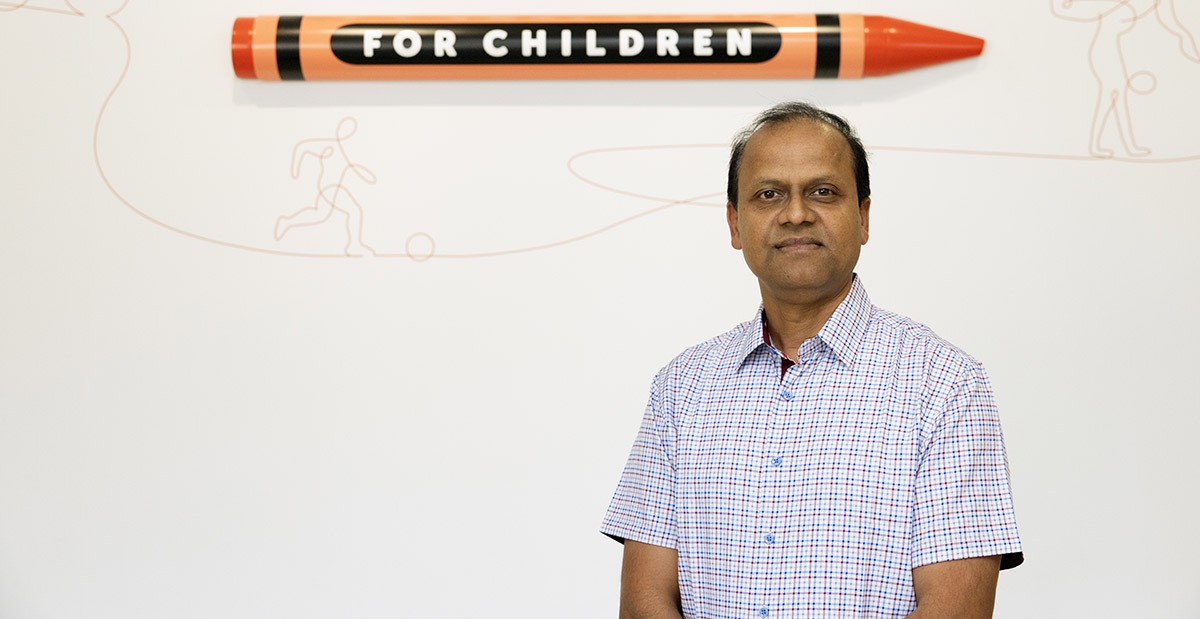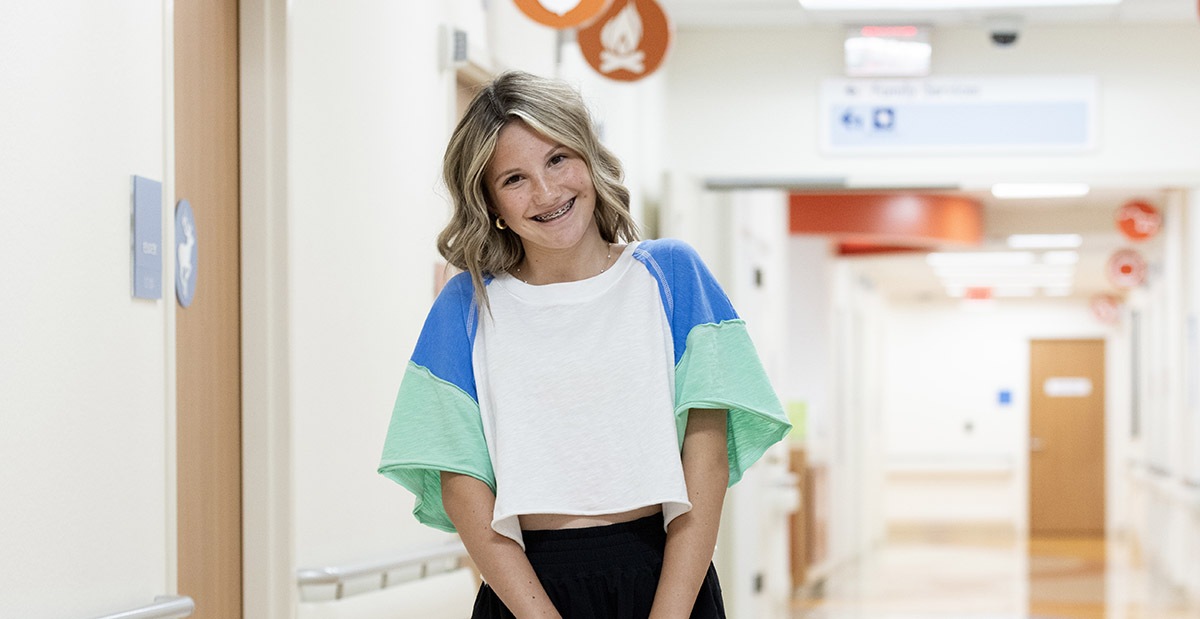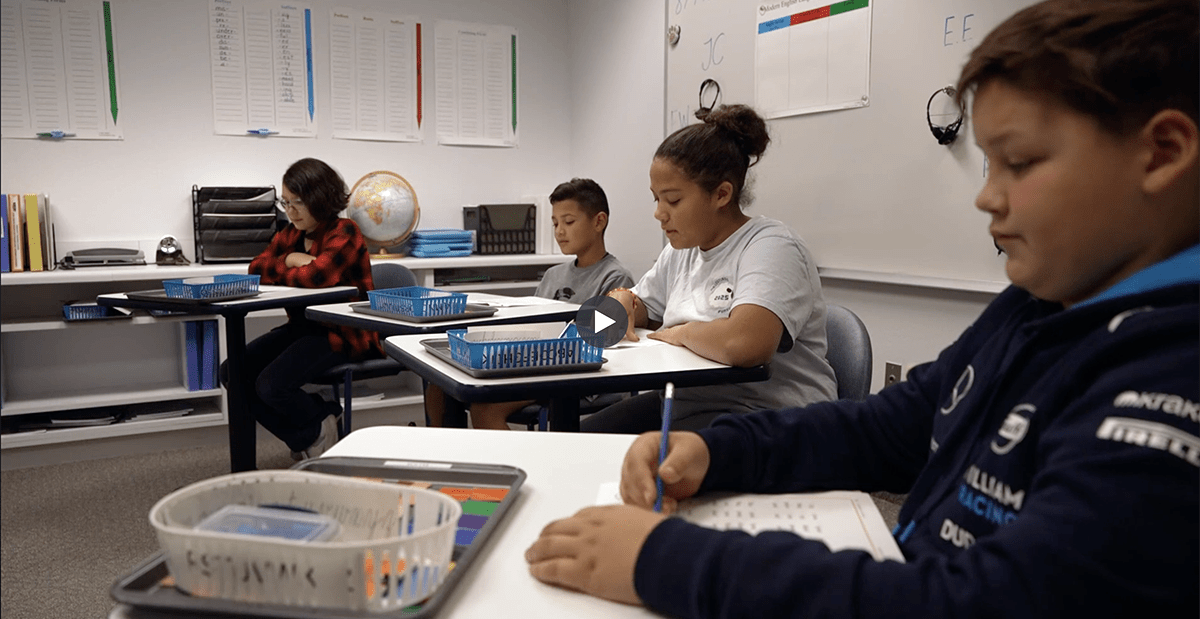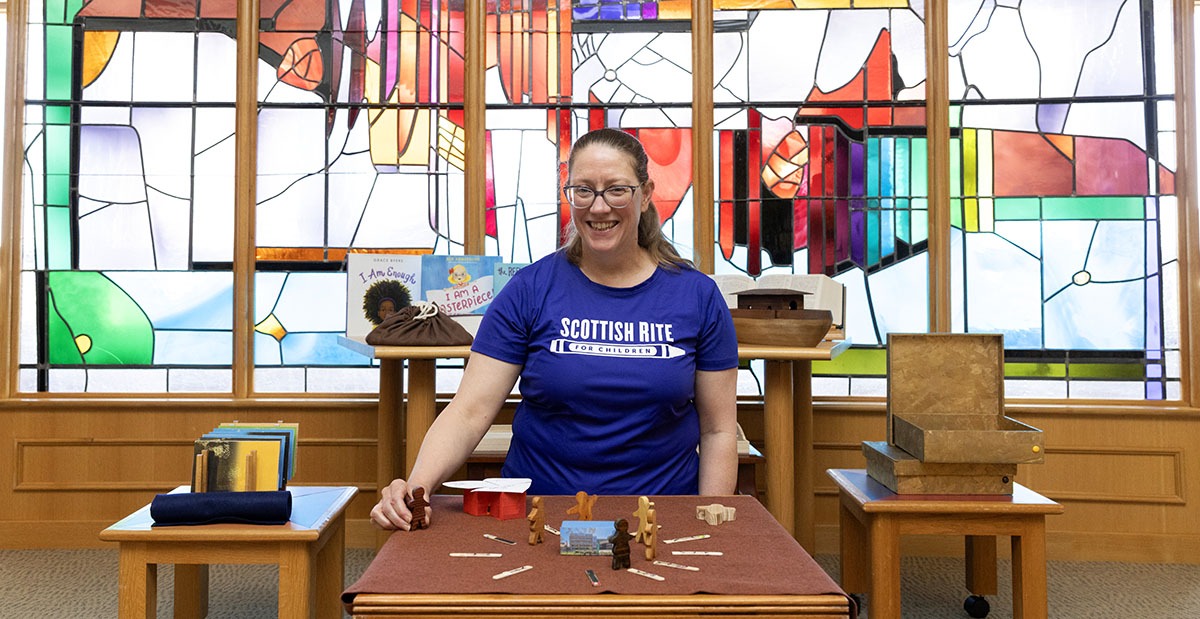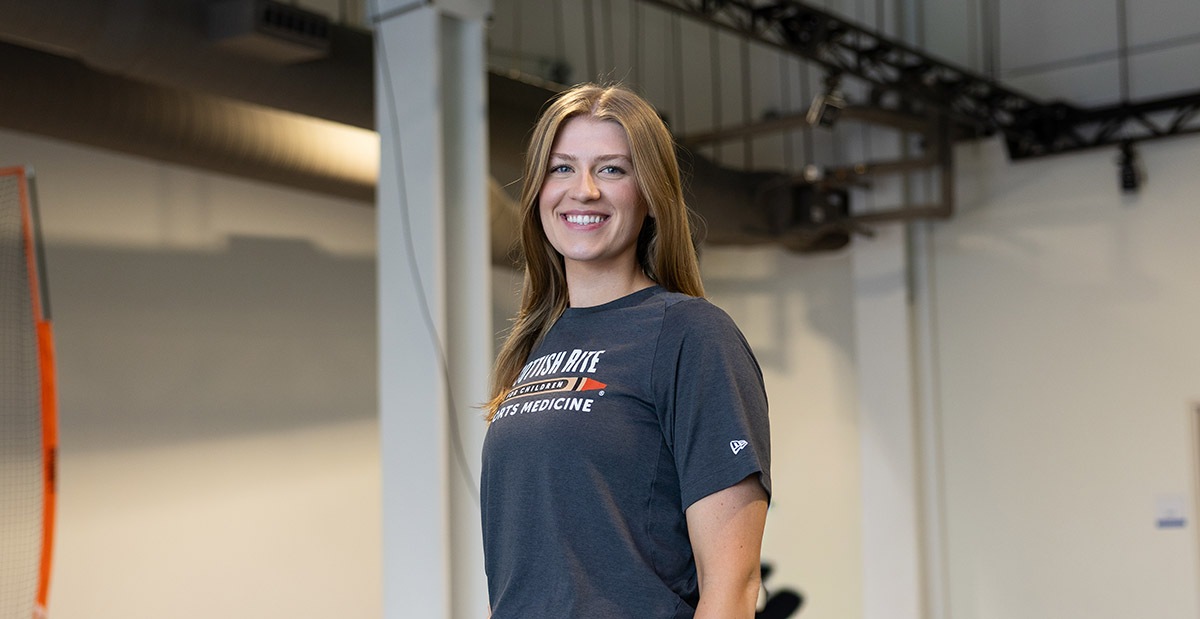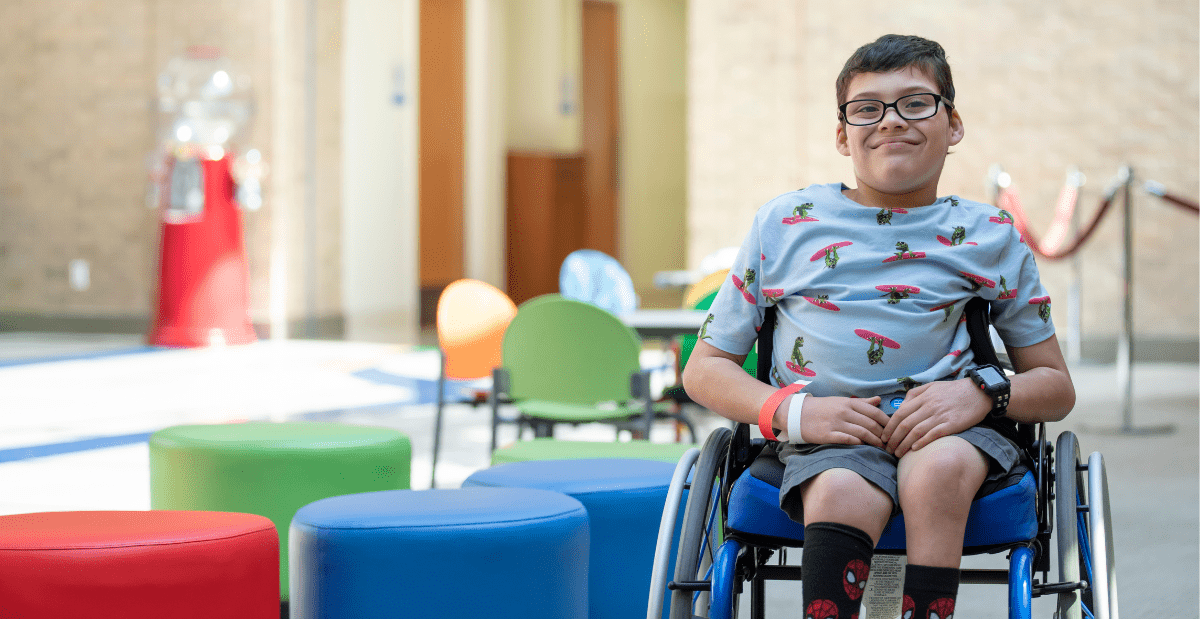Pediatric orthopedic surgeons Henry B. Ellis, M.D., and Philip L. Wilson, M.D., along with colleagues from the multicenter study group Factors Associated with Clavicle Treatment Study (FACTS) have published another set of findings in the American Journal of Sports Medicine. This group, like many others in pediatric orthopedics and sports medicine, merges the experiences and data from across institutions to provide the best evidence for care in the pediatric population. This group focuses their efforts on collarbone (clavicle) fractures and injuries in children and adolescents.
Here are some highlights from the publication. You can also visit the journal’s website to read the full article.
- Midshaft clavicle fractures most often occur in adolescents, yet, most medical evidence is in adults until now.
- More than 400 patients (10 to 18 years) with 100% displaced clavicle fractures were included in the study.
- After two years, there was no difference in outcomes between those that had surgery and those that did not.
- Those who underwent surgery had more nerve damage (loss of sensation on their chest wall) and more second surgery to remove plates and screws.
- The study conclusion states, “Surgery demonstrated no benefit in patient-reported quality of life, satisfaction, shoulder-specific function or prevention of complications after completely displaced clavicle shaft fractures in adolescents at two years after injury.”
So, the answer to the question, “Does my child need surgery to fix a clavicle fracture?” is not yes. But, that also does not mean it is no. The study describes the general experience of a large group patients who have and have not had surgery for this condition. The individualized assessment of the patient is still important and necessary, but the study does show that there is not an obvious answer that applies to all patients. “This work is new and very important for the growing body of evidence in caring for this population,” Ellis says. “We can confidently tell families that one path is not yet obviously better than another.” In our individualized patient care, it is important for us to provide evidence-based recommendations, and in our research, we aim to define the recommendations.
This study, Two-Year Functional Outcomes of Operative vs Nonoperative Treatment of Completely Displaced Midshaft Clavicle Fractures in Adolescents: Results from the Prospective Multicenter FACTS Study Group, was published in the American Journal of Sports Medicine in September 2022.


